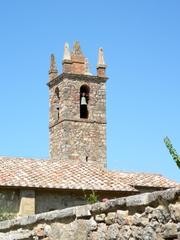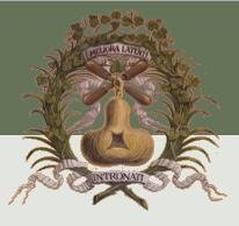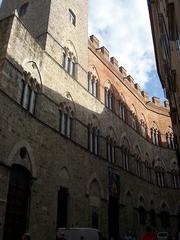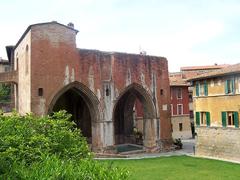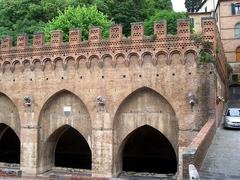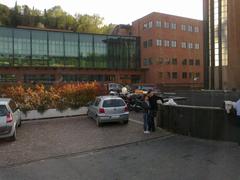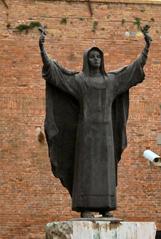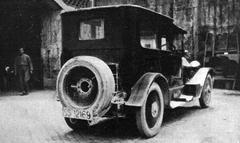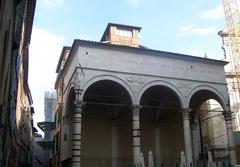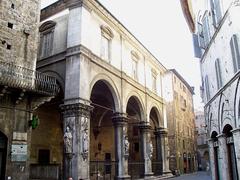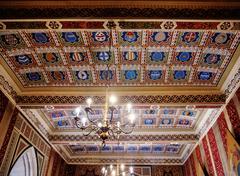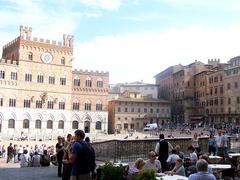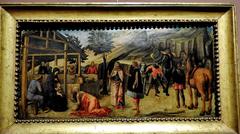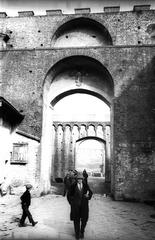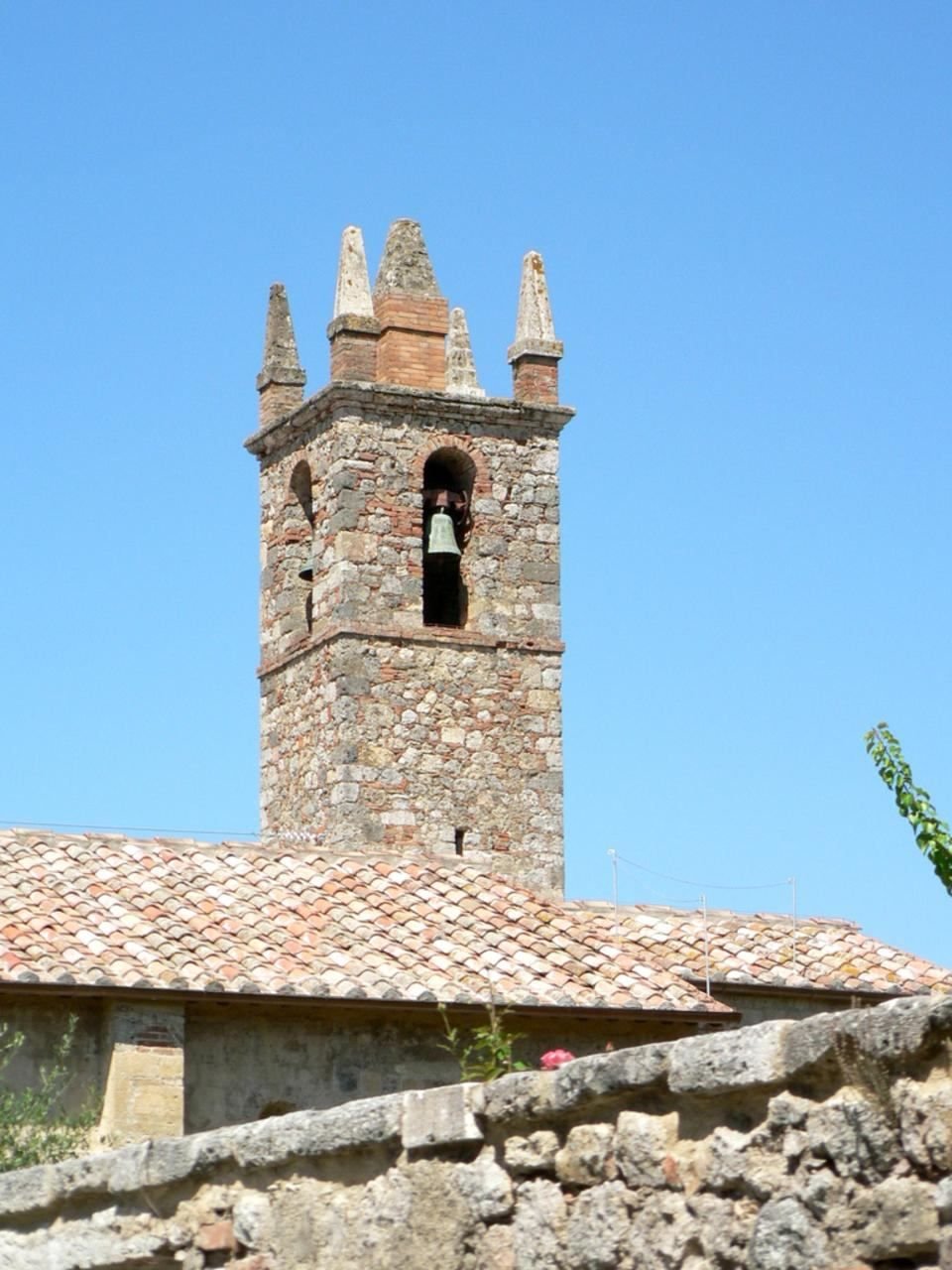
Visiting Mura di Monteriggioni: History, Tickets, and Travel Tips
Publication Date: 01/08/2024
Introduction to Mura di Monteriggioni
The Mura di Monteriggioni, or the Walls of Monteriggioni, stand as a testament to the medieval ingenuity and strategic prowess of the Republic of Siena. Nestled in the heart of Tuscany, this fortified town offers a captivating journey back in time, allowing visitors to explore its well-preserved walls, towers, and gates. Constructed between 1213 and 1219 under the direction of Guelfo da Porcari, the podestà of Siena, Monteriggioni was built on the strategically significant Monte Ala hill (Wikipedia). Its primary purpose was to serve as a defensive bulwark against the rival city-state of Florence, providing a watchful eye over the vital Via Francigena pilgrimage route (Toscana Italy). Celebrated by Dante Alighieri in his ‘Divine Comedy,’ Monteriggioni’s elliptical walls and imposing towers have withstood the test of time and continue to attract thousands of visitors each year (Discover Tuscany). This guide aims to provide a comprehensive overview of Monteriggioni, covering its historical significance, visitor information, travel tips, and nearby attractions, ensuring a memorable visit to this iconic Tuscan landmark.
Contents Overview
- Introduction
- Historical Background of Mura di Monteriggioni
- Origins and Construction
- Strategic Importance
- Architectural Features
- Medieval Conflicts and Siege
- Decline and Transition
- Modern Restoration and Preservation
- Cultural Significance
- Visitor Information
- Visiting Hours and Tickets
- Travel Tips
- Nearby Attractions
- Accessibility
- Special Events and Guided Tours
- Photographic Spots
- Legends and Mysteries
- Conclusion
- FAQ
Historical Background of Mura di Monteriggioni
Origins and Construction
The construction of the Castello di Monteriggioni, including its formidable walls, began between 1213 and 1219 by the Republic of Siena. The initiative was ordered by the podestà Guelfo da Porcari. The site chosen for this ambitious project was a hill called Monte Ala, strategically significant for its vantage point over the Via Francigena, a crucial medieval pilgrimage route (Wikipedia). The land was acquired from the noble Da Staggia family, previously used as a Lombard farmstead. The name “Montis Regis” suggests that the area might have been a royal estate or enjoyed tax exemptions from the crown.
Strategic Importance
The primary purpose of Monteriggioni’s construction was defensive. Positioned on Monte Ala, the castle and its walls provided a commanding view over the Elsa and Staggia valleys, crucial for monitoring and controlling movements towards Florence, Siena’s historical rival (Toscana Italy). This strategic location allowed the Sienese to safeguard their territory and maintain a defensive stance.
Architectural Features
Monteriggioni’s walls are an architectural marvel, characterized by their elliptical shape and robust construction. The walls are approximately 2 meters thick and originally featured 15 towers, although only 11 remain visible today. The towers rise about 6.5 meters above the walls, with dimensions of 4x6 meters (Wikipedia). The walls also included two main gates: the Franca or Romea Gate, facing Rome, and the Florentine Gate, oriented towards Florence. These gates were crucial for controlling access and ensuring the security of the castle.
Medieval Conflicts and Siege
Monteriggioni played a significant role in the conflicts between Siena and Florence. In 1269, following the Battle of Colle, the defeated Sienese forces sought refuge within Monteriggioni’s walls. Despite being besieged by the Florentines, the castle withstood the assault (Wikipedia). The resilience of Monteriggioni’s defenses was further tested in 1526 when the Florentines, equipped with 2000 infantry and 500 cavalry, bombarded the walls with artillery. However, the castle held firm, and the siege was lifted following the Sienese victory at the Battle of Camollia (Wikipedia).
Decline and Transition
The decline of Monteriggioni began in the mid-16th century. On April 27, 1554, the castle was surrendered without a fight by Captain Bernardino Zeti to the Marchese di Marignano, marking the end of the Republic of Siena’s independence. This event is often cited as the conclusion of the communal era in Italy (Wikipedia). Subsequently, Monteriggioni came under the control of the Medici family, who imposed their rule over the territory. The inhabitants of Monteriggioni were taken as slaves to Florence, further diminishing the castle’s significance.
Modern Restoration and Preservation
In the 20th century, efforts were made to restore and preserve Monteriggioni’s historical structures. Restoration work in the 1920s and 1930s focused on two of the 14 towers, ensuring their stability and visibility (Toscana Italy). Additional restoration efforts in 2005 included the reconstruction of parts of the ancient walkways along the walls, allowing visitors to experience the panoramic views once enjoyed by medieval guards (Wikipedia).
Cultural Significance
Monteriggioni’s cultural significance extends beyond its architectural and historical value. The castle and its walls have been immortalized in literature, most notably by Dante Alighieri in his “Divine Comedy.” In Canto XXXI of the “Inferno,” Dante compares the towering walls of Monteriggioni to the giants guarding the abyss (Discover Tuscany). This literary reference has contributed to Monteriggioni’s enduring legacy and allure.
Visitor Information
Visiting Hours and Tickets
The Mura di Monteriggioni is open to visitors year-round. However, the visiting hours may vary depending on the season. It is recommended to check the official website for the most current visiting hours. Tickets can be purchased at the entrance or online for convenience.
Travel Tips
- Best Time to Visit: The best time to visit Monteriggioni is during the spring and autumn months when the weather is pleasant and the crowds are smaller.
- Getting There: Monteriggioni is easily accessible by car from Florence and Siena. Public transportation options include buses and trains, with the nearest train station located in Castellina Scalo.
- Guided Tours: Consider booking a guided tour to gain deeper insights into the history and architecture of Monteriggioni.
Nearby Attractions
- Siena: Just a short drive away, Siena offers a wealth of historical sites, including the famous Piazza del Campo and the Siena Cathedral.
- San Gimignano: Known for its medieval towers, San Gimignano is another must-visit destination near Monteriggioni.
- Chianti Wine Region: Explore the beautiful vineyards and wineries in the Chianti region, renowned for its exceptional wines.
Accessibility
Monteriggioni is relatively accessible, with pathways and ramps available for visitors with mobility challenges. However, some areas, particularly the ancient walkways along the walls, may be more difficult to navigate.
Special Events and Guided Tours
Monteriggioni hosts various special events throughout the year, including medieval festivals and reenactments. Guided tours are available and provide an enriching experience, offering historical context and intriguing stories about the castle’s past.
Photographic Spots
The panoramic views from the walkways along the walls are perfect for photography enthusiasts. Capture stunning shots of the Tuscan landscape and the architectural details of the castle.
Legends and Mysteries
Monteriggioni is also shrouded in legends and mysteries. Stories of secret tunnels and underground passages connecting the castle to nearby Siena add an element of intrigue to its history (Toscana Italy). While these tales remain unverified, they contribute to the castle’s mystique and allure, captivating the imagination of visitors.
Conclusion
Monteriggioni, with its rich historical tapestry and architectural splendor, offers a unique window into the medieval past of Tuscany. From its construction by the Republic of Siena to its role in significant historical conflicts, Monteriggioni has remained a symbol of resilience and strategic importance. Today, visitors can walk along its ancient walls, explore its towers, and immerse themselves in its storied past. The town’s cultural significance is further highlighted by its mention in Dante’s ‘Divine Comedy,’ adding a layer of literary heritage to its allure (Discover Tuscany). With well-preserved structures, engaging guided tours, and a host of special events, Monteriggioni continues to enchant visitors, offering a blend of history, culture, and scenic beauty. Whether you’re a history enthusiast, a literature lover, or simply a traveler seeking a picturesque destination, Monteriggioni promises an unforgettable experience in the heart of Tuscany. For the latest visitor information, including hours and ticket prices, be sure to check the official Monteriggioni website and plan your visit to this remarkable historical site.
FAQ
What are the Mura di Monteriggioni visiting hours? The visiting hours vary by season. It is best to check the official website for the most up-to-date information.
How can I purchase tickets for Mura di Monteriggioni? Tickets can be purchased at the entrance or online for convenience.
Are there guided tours available at Monteriggioni? Yes, guided tours are available and are highly recommended for a comprehensive understanding of the site’s history.
Sources and Further Reading
- Wikipedia, 2023, Wikipedia
- Toscana Italy, 2023, Toscana Italy
- Discover Tuscany, 2023, Discover Tuscany
